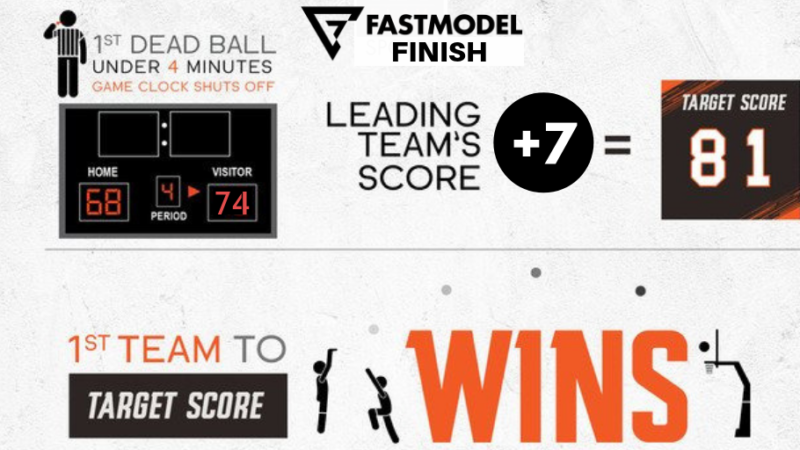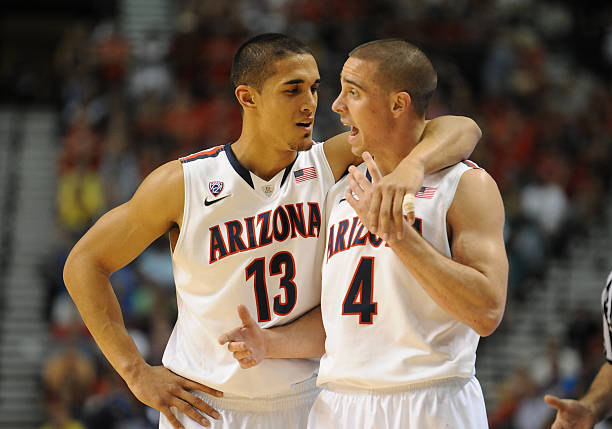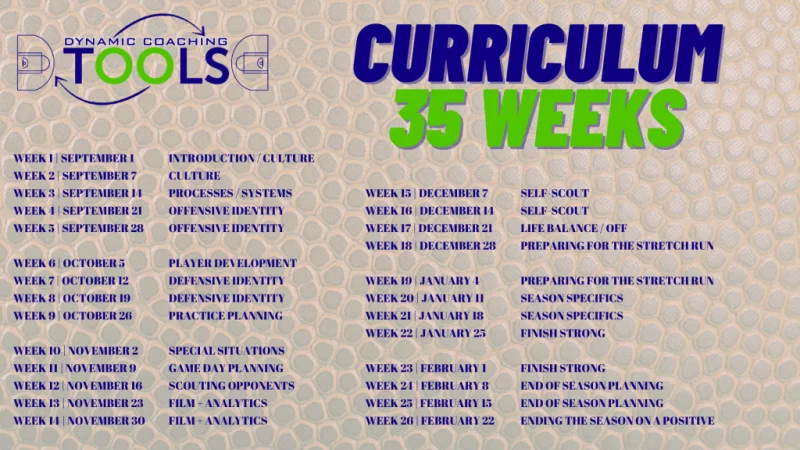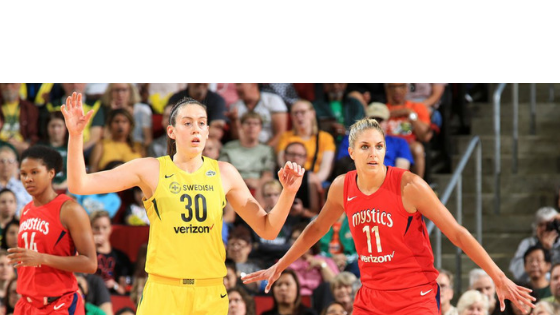FastModel Finish | Up North Challenge 2019
The 10th Annual Up North Challenge tips off on Friday Night, in Shepherd, Michigan. For this year’s event, we have decided to take one of the most exciting new concepts in basketball, and incorporate it into our tournament. You can learn more below.
If you are in love with the sport of basketball, you might have noticed an interesting basketball tournament that has taken place each of the last five summers. The event we are referring to simply goes by the name, “The Basketball Tournament (TBT),” and allows anyone the opportunity to compete for $2 million dollars.

One of the most recognizable things about The Basketball Tournament is the way that games end. Every game ends with a game winning basket, thanks to their “ELAM ENDING.”
No more deliberate fouling. Greater hope for late comebacks. Every game ends on a made shot.
We’re thrilled to announce that the @ElamEnding is officially BACK for #TBT2019! 🎉#YourTeamsYourTournament pic.twitter.com/r3v4ifAYFB
— TBT (@thetournament) April 15, 2019
Per TBT’s website, “The concept was developed by Cincinnati Reds groundskeeper and Ball State professor Nick Elam. After logging hundreds of NBA and college games, he came to an obvious, yet profound conclusion: intentional fouling (a) doesn’t work and (b) is incredibly boring to watch. From there, he spent years trying to figure out a way to eliminate this archaic late-game ritual. It ultimately became the Elam Ending.”
At this year’s 10th Annual, Up North Challenge, we will introduce our own version of the “Elam Ending.” Thanks to the help of our friends at FastModel Sports, we will implement the “FASTMODEL FINISH!” The FastModel Finish rules are simple.
- If the game is within 20 points, at the first dead ball under 4 minutes, the FASTMODEL FINISH will go into effect.
- If it is over a 20 point margin, the clock will continue to run.
- If the lead is still 20+ points at the 2 minute mark, the game is over.
- If the FASTMODEL FINISH is in effect, at the first stoppage under 4 minutes, there will be a “30 second timeout.”
- During the timeout, the officials will write the “target score” on a dry erase board next to the court.
- TARGET SCORE = Leading team’s score +7
- When play resumes, the clock will be turned off, and the first team to hit the “target score” is the winner.
- EVERY GAME ENDS WITH A “GAME WINNING SHOT!”

While we can not take credit for the concept, we are excited to receive feedback from the 48 teams and coaches in the Up North Challenge. Nick Elam watched and catalogued literally thousands of NBA and March Madness games, and found that teams resort to intentional fouling roughly half the time. In the 2018 NCAA Tournament alone, teams in 44 of the 70 second halves/overtime periods tried to come back by purposefully fouling. However, according to Elam’s data, in only three of those 44 occasions did the trailing team eventually come back to tie the game or take the lead. Our “FastModel Finish” will hopefully improve the end of game situations, create more excitement for the players, and open the eyes of basketball coaches to some alternative ways to end a game. At the conclusion of the tournament, we will be sending out a google form, to request feedback from all 48 teams. Once we have that feedback, we will be sharing a blog post with FastModel Sports, and talk about the positives and negatives from the “FastModel Finish.”
FUN FACT
The Up North Challenge and The Basketball Tournament have a small connection. Camp Darryl, a program started by Darryl Matthews, has played in all 10 Up North Challenge tournaments. An all-time great shooter, Travis Bader, played for Camp Darryl. Travis Bader played an important role in helping Overseas Elite win multiple “The Basketball Tournament” titles.
















